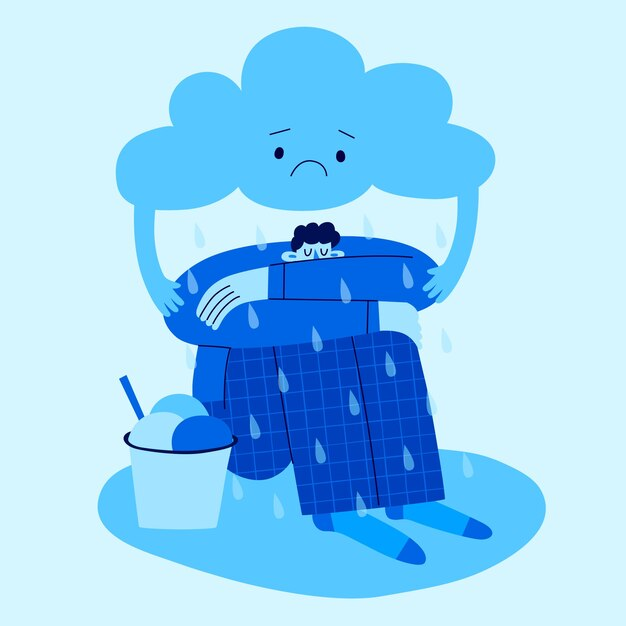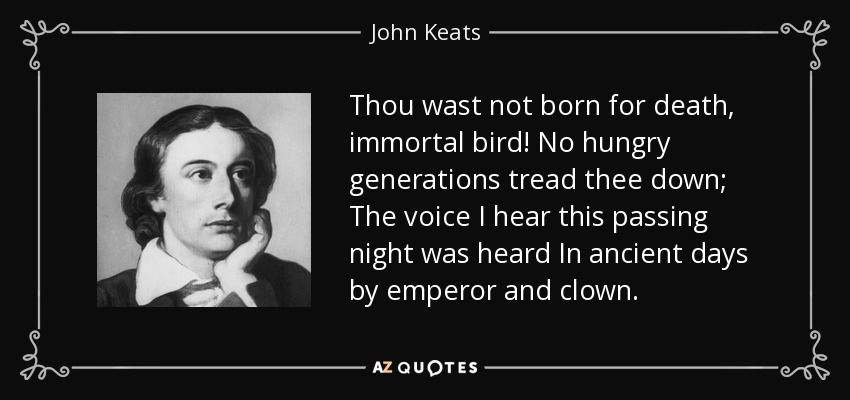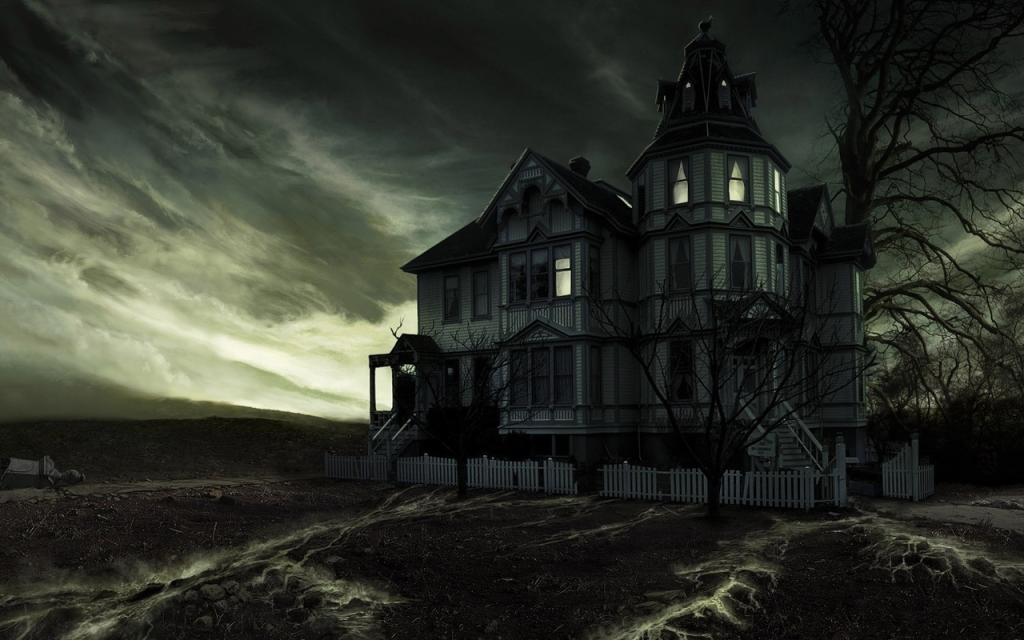Have you ever felt the rain mirror your sadness or the sun celebrate your joy? Welcome to the enchanting realm of pathetic fallacy in writing, where nature becomes a canvas for human emotions. In this blog post, we will delve into the essence of pathetic fallacy, differentiate between pathetic fallacy and personification, and explore various examples.
Table of Contents
Let’s unravel the simplicity and beauty of this literary device that turns weather and landscapes into emotional storytellers.
What Is Pathetic Fallacy?
Pathetic fallacy is a literary device where human emotions and characteristics are attributed to nature or inanimate objects. The purpose of using pathetic fallacy is to create a vivid and emotional atmosphere in literature, allowing the reader to connect more deeply with the narrative.
Here are some famous examples of pathetic fallacy:
- The wind whispering through the trees in Shakespeare’s Macbeth.
- The sun setting in a blaze of fury in Emily Dickinson’s poem “Because I could not stop for Death.”
- The ocean groaning under the weight of a storm in Homer’s Odyssey.

Pathetic Fallacy vs. Personification
1/ Personification:
This is the simple act of attributing human qualities to non-human things. Imagine a mischievous squirrel running through the trees, a grumpy cloud growling and thundering, or a playful breeze playing in your hair. These are all examples of personification, in which we directly attribute human characteristics and actions to non-human entities.
2/ Pathetic Fallacy:
This takes things one step further. It’s not just about giving things human qualities but also about projecting human emotions onto them. Think of a withered rose crying for lost love, an angry river roaring, or a lonely mountain shrouded in a cloak of despair. Here, non-humans do not simply act like humans; they are reflecting human emotions back to us.
Key differences:
- Focus: Personification focuses on attributing human qualities, while pathetic fallacy focuses on expressing human emotions.
- Effect: Personification adds vividness and relevance, while pathos adds emotional depth and symbolic meaning.
For example:
- Personification: The ship “crosses the waves” (giving the ship a human action).
- Pathetic fallacy: “The wind howls sadly” (projecting human emotions into the wind).

Pathetic Fallacy Examples
Here are 15 famous examples of pathetic fallacy in literature:
1/ Shakespeare’s Sonnet 18:
Example: “Shall I compare thee to a summer’s day?”
The poet compares the beauty of the subject to a summer’s day, using the changing weather as a reflection of the transient nature of life and beauty.
2/ Emily Brontë’s “Wuthering Heights”:
The harsh weather mirrors the intense passions and turbulent relationships in the novel.
3/ John Keats’ “Ode to a Nightingale”:
Example: “Thou wast not born for death, immortal Bird!”
Keats uses the nightingale’s song to express the idea of eternal beauty, contrasting it with the ephemeral nature of human life.

4/ Charles Dickens’ “Great Expectations”:
Example: The eerie marshes where Pip encounters the convict.
The desolate landscape intensifies the fear and suspense in the scene, reflecting Pip’s emotions.
5/ William Wordsworth’s “Lines Composed a Few Miles Above Tintern Abbey”:
Example: The description of nature reflects the speaker’s changing emotions over time.
Explanation: The beauty and tranquility of nature serve as a backdrop to the speaker’s contemplation of life and the passage of time.
6/ J.K. Rowling’s “Harry Potter” series:
Example: The Whomping Willow’s behavior in “Harry Potter and the Chamber of Secrets.”
The violent actions of the tree parallel the danger and tension within the magical world.
7/ Charlotte Brontë’s “Jane Eyre”:
Example: The gloomy weather during key moments in the story.
The somber weather reflects the challenges and hardships faced by the protagonist.
8/ George Orwell’s “Animal Farm”:
Example: The storm that destroys the windmill.
The destructive storm mirrors the setbacks and failures of the animal rebellion and the corruption of power.
9/ Alfred Lord Tennyson’s “The Charge of the Light Brigade”:
Example: “Cannon to right of them, Cannon to left of them…”
The relentless and destructive nature of war is emphasized through the harsh and chaotic surroundings.
10/ Edgar Allan Poe’s “The Fall of the House of Usher”:
Example: The decaying mansion and the storm outside.
The dilapidated house and the storm symbolize the decay of the Usher family and the impending tragedy.

11/ Robert Frost’s “Stopping by Woods on a Snowy Evening”:
Example: The peaceful snow-covered woods.
The serene snowfall reflects the speaker’s contemplation of life’s choices and the allure of nature.
12/ Homer’s “The Odyssey”:
Example: The storm sent by the god Poseidon.
The tempest symbolizes the wrath of the gods and the challenges faced by the hero Odysseus.
13/ Mary Shelley’s “Frankenstein”:
Example: The storm on the night of Victor Frankenstein’s creation of the creature.
The turbulent weather mirrors the unnatural and disruptive act of creating life.
14/ Thomas Hardy’s “Far From the Madding Crowd”:
Example: The storm during the harvest scene.
The storm heightens the tension in the pivotal moment, reflecting the emotional turmoil of the characters.
15/ E.E. Cummings’ “in Just-“:
Example: “mud-luscious” and “puddle-wonderful” to describe spring.
The playful and joyful language used to describe spring reflects the exuberance and freshness of the season.

Tips For Using Pathetic Fallacy In Writing
- Emotion Alignment: Align the chosen weather or natural element with the emotions of your characters or the mood of the scene.
- Subtlety is Key: Use pathetic fallacy sparingly to avoid becoming overly dramatic or predictable. Let it enhance the atmosphere without overshadowing the narrative.
- Symbolic Connections: Establish symbolic connections between the weather and the theme or message you want to convey, adding depth to your writing.
- Choose Appropriate Elements: Select natural elements that resonate with the tone of your story or the emotions you want to evoke. Each element has its own symbolic associations.
- Show, Don’t Tell: Instead of explicitly stating emotions, use pathetic fallacy to show them through the environment, allowing readers to feel the emotions organically.
- Enhance Descriptive Language: Use pathetic fallacy as a tool to enhance your descriptive language, making scenes more vivid and engaging for the reader.
Conclusion
Pathetic fallacy is like a magic wand for storytellers. It helps mix nature with our feelings in a beautiful way. Imagine the weather, landscapes, and things around us joining a quiet dance in a story. Writers use this to make you feel deep emotions, create special moods, and add meaningful symbols to their stories.


